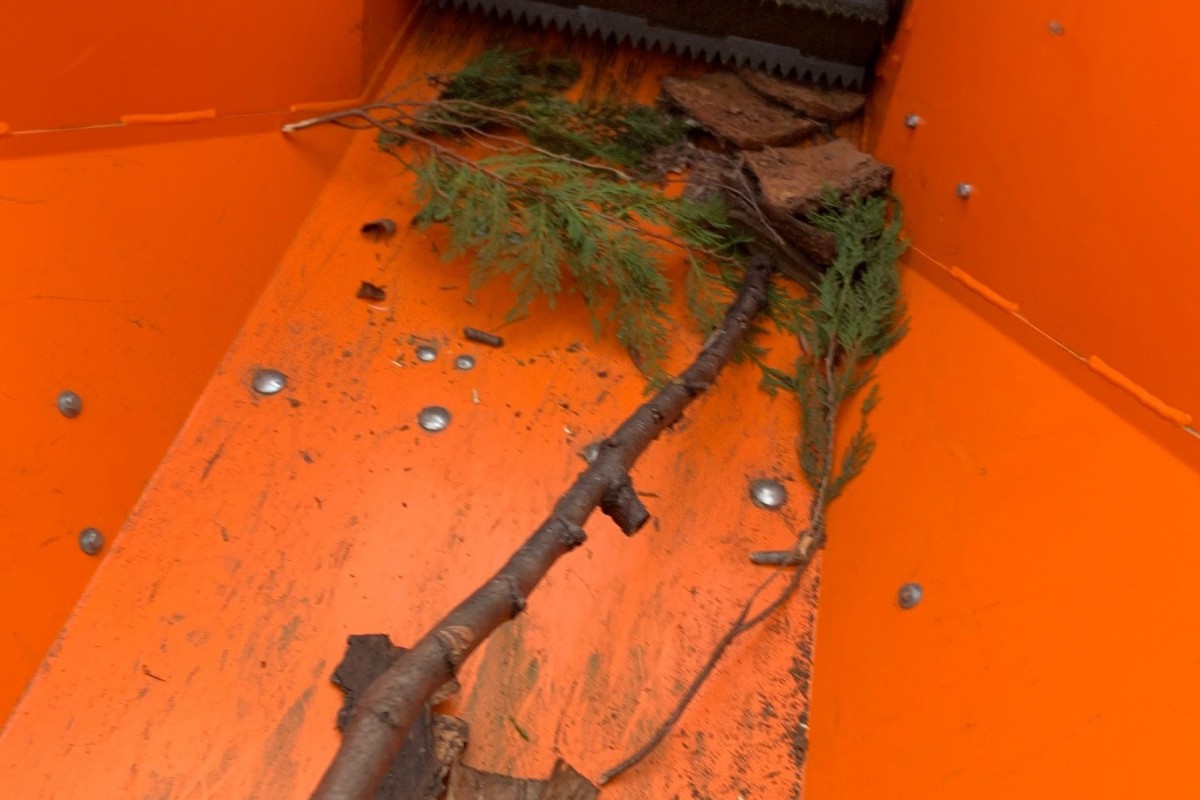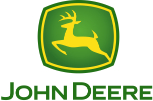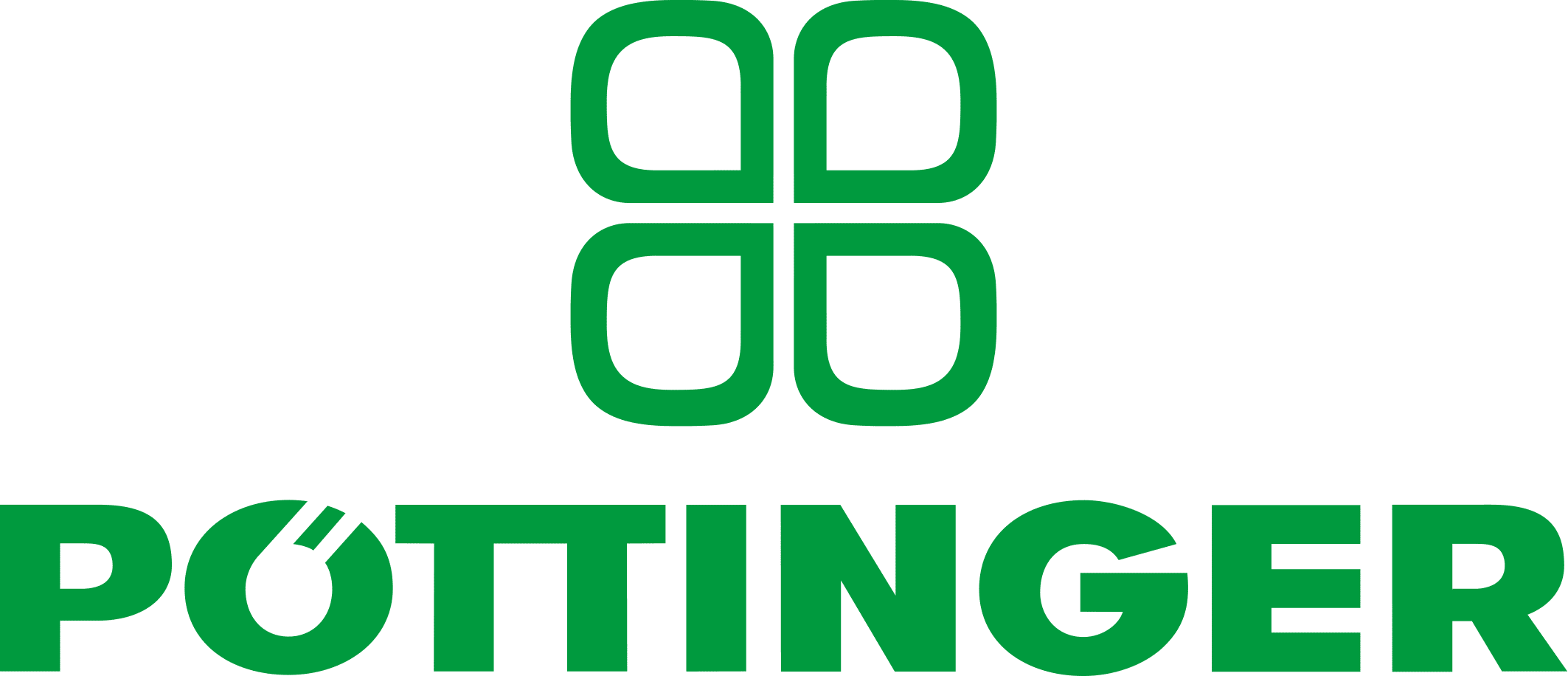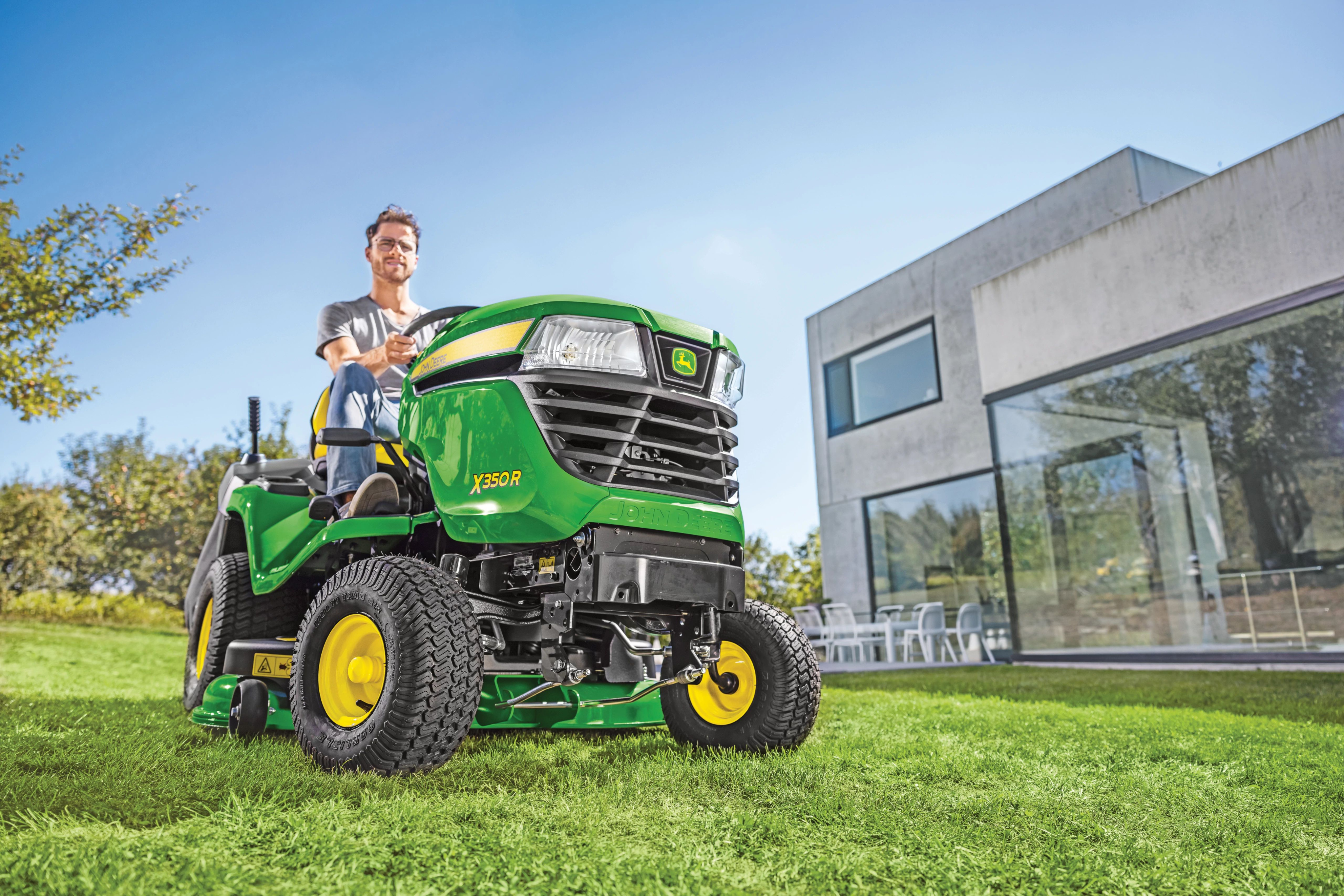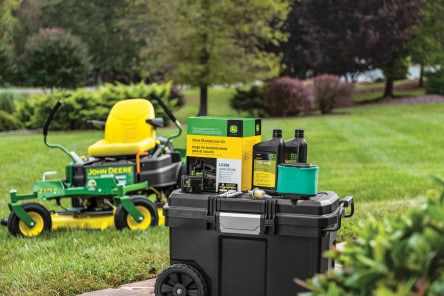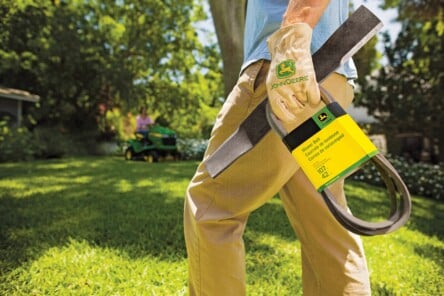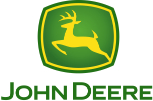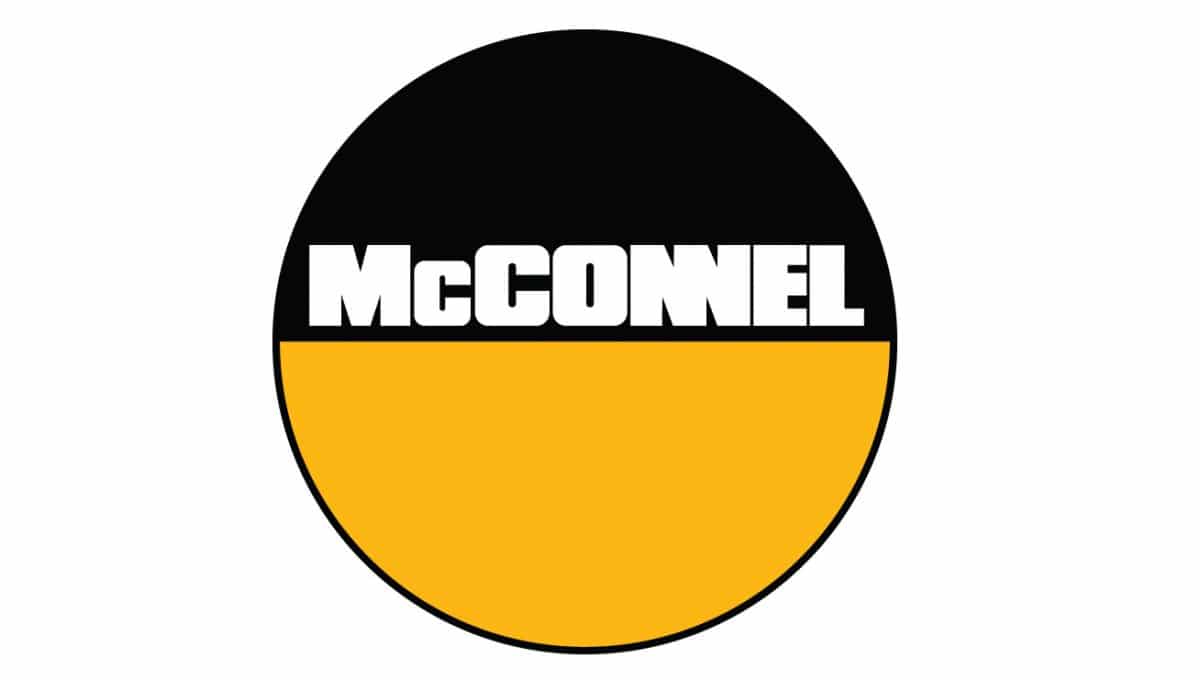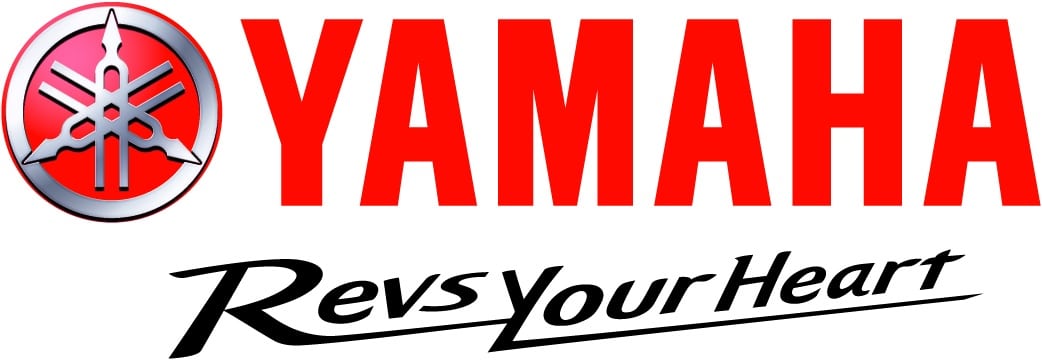By James Gibbon, Turf Sales Manager
Let’s set the scene, if you’re like me you either get into gardening and keep on top of it and then take on a “project” or you get behind on the gardening and it becomes a project … either way, you will have a random amount of material to deal with! In the example below there is a fir tree hedge topping to deal with and a large bush removed.
We’ve all seen garden shredders and we’ve all seen tree surgeons towing bright orange chippers around, so what is the difference?
Chippers
A chipper is designed to process dense woody material, these machines have a fixed anvil and a chipping knife (or knives) on a flywheel, they work well by quickly drawing in wood, chipping and blowing it out. These machines are faster than a shredder at processing timber but cannot deal with leaves or green material that can get between the knife and anvil as these clog the machine.
Shredders
A shredder is designed to process all kinds of material from leaves and brambles to branches and bark. Most shredders work by having multiple blades working in front of a screen to ensure the material is kept in the shredding area until it has been processed by the knives and is small enough to be ejected through the screen. This process makes a shredder slower than a chipper on wood but means it is an all-round performer when it comes to garden work!
What are we using?
Although overkill, for today we are using 2 machines: the Eliet MegaProf highway towable shredder, this is just below 750kg so it can be towed without an additional trailer licence, it is powered by a liquid-cooled diesel engine and is designed for all-day use in professional environments. We also have a gravity feed Stihl GH460 this machine is more suitable for home use as it collects the material for easy dispersal around the garden, this machine is easily wheeled around and is powered by a simple petrol engine.
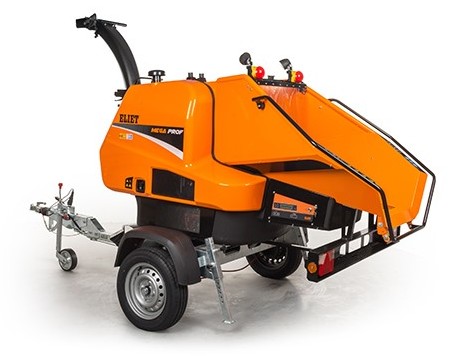
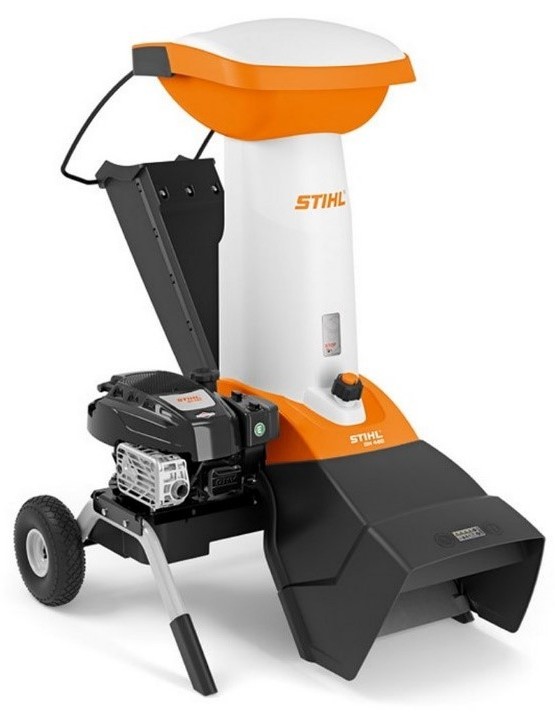
Starting off
If you are working on your own it will be easiest to collate the material or the shredder will be either running and not working or constantly stopped and started. If you can feed the shredder while others provide material this will speed things up but make sure everyone is aware of safe working practices.
Carry out prestart checks on the machine and make sure no material is in the hopper, chamber or chute before you start, check where the chute is emptying on blower models or that the bag is in place on collection models.
Start the machine and let it get up to speed before you begin feeding it.
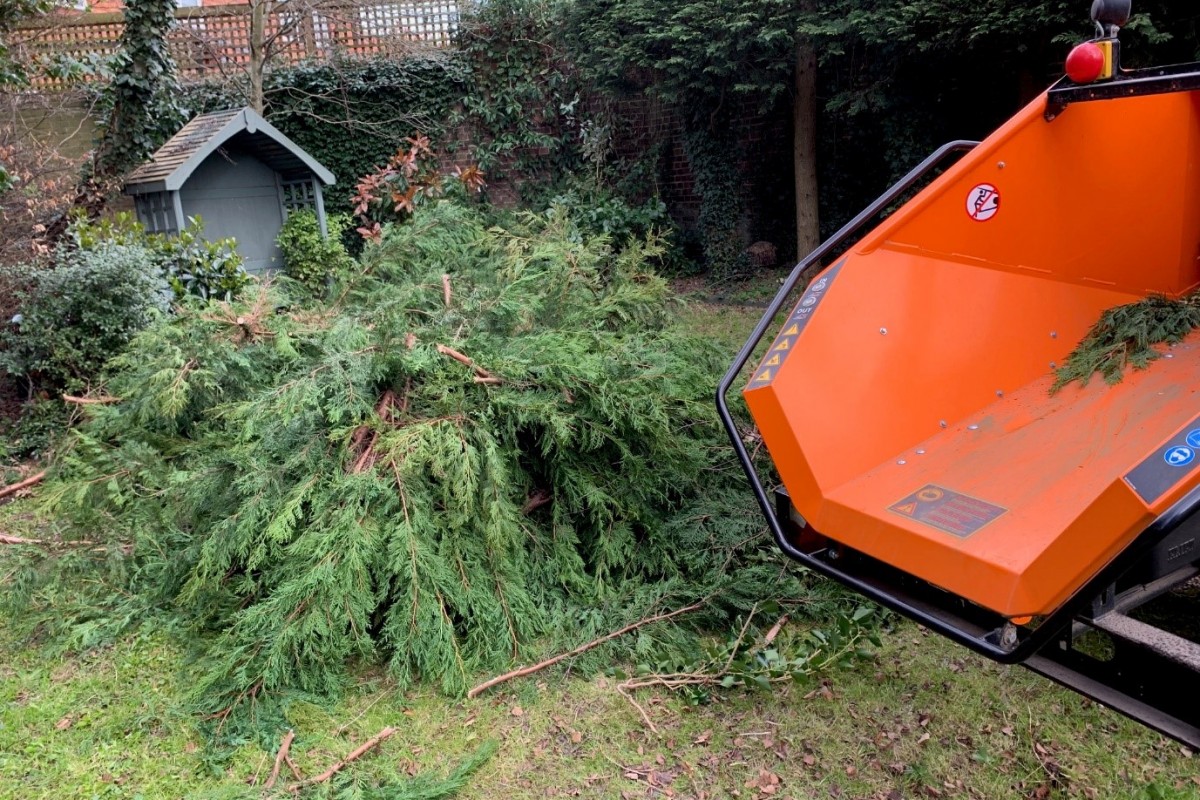
Feeding
There isn’t a preferred order for working, however, I like to save woody material for the end as it is easier for clearing up the hopper and chamber.
Begin feeding branches “trunk end” first, this way the strongest part will help drag the leaves and twigs in, make sure any offshoots will fit the hopper and will not swing around and slap you as the machine draws them in – you only need to take one bramble to the face to know this is sound advice. You can start feeding the next material as soon as the bulk of the hopper is empty but avoid exceeding the maximum capacity of the machine.
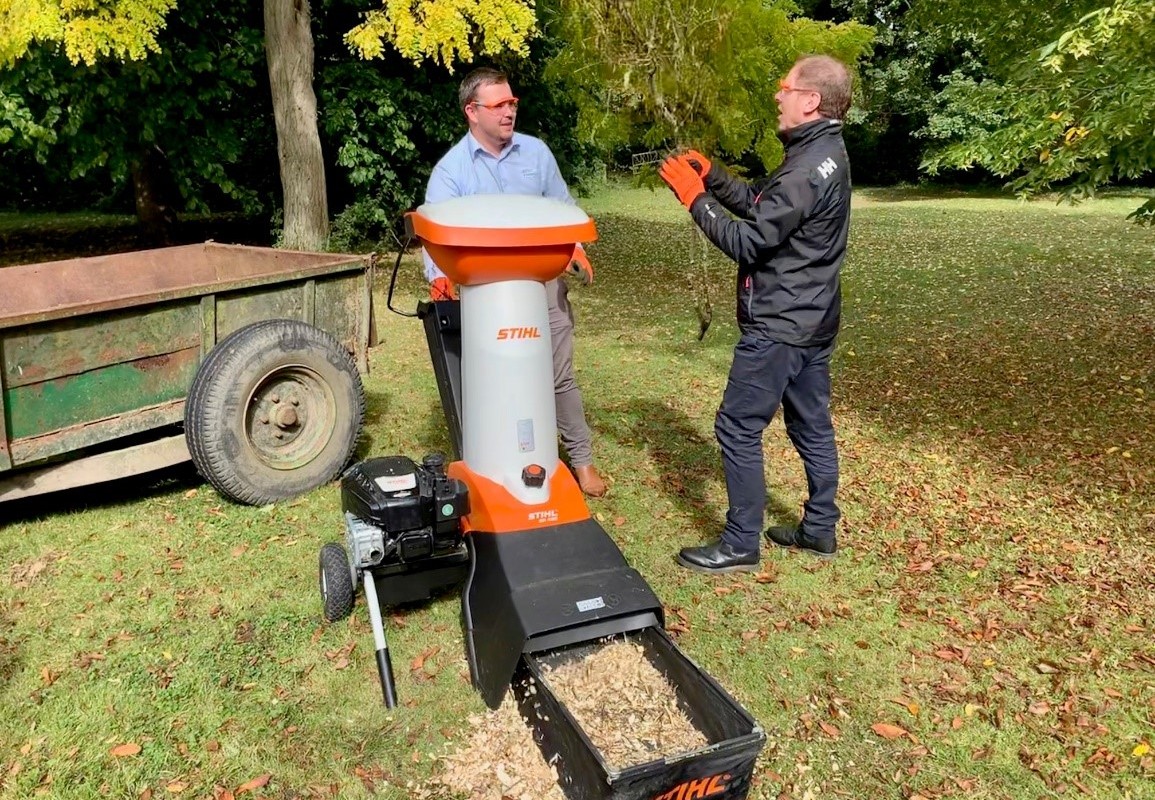
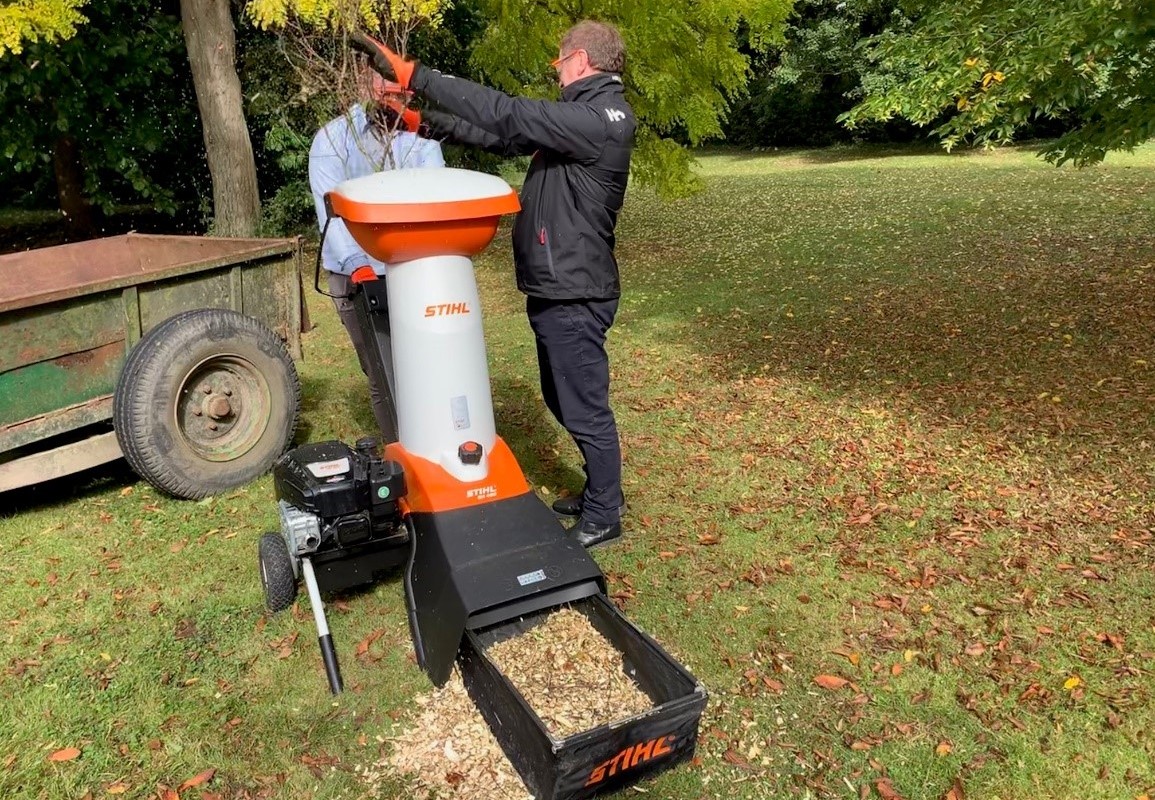
Tips for quick processing
Position the chipper to minimise movement, it needs to be close to the material pile but also think about where the discharged chippings are going, in the below picture the chipper is next to the pile and blowing the chips below the trimmed fir trees to stop weeds growing through.
Think about feed size, the hopper on the MegaProf is huge, however, it still cannot take a whole fir tree crown, leave the branches in as big a part as the hopper can take, this saves you on cut downtime and feed time.
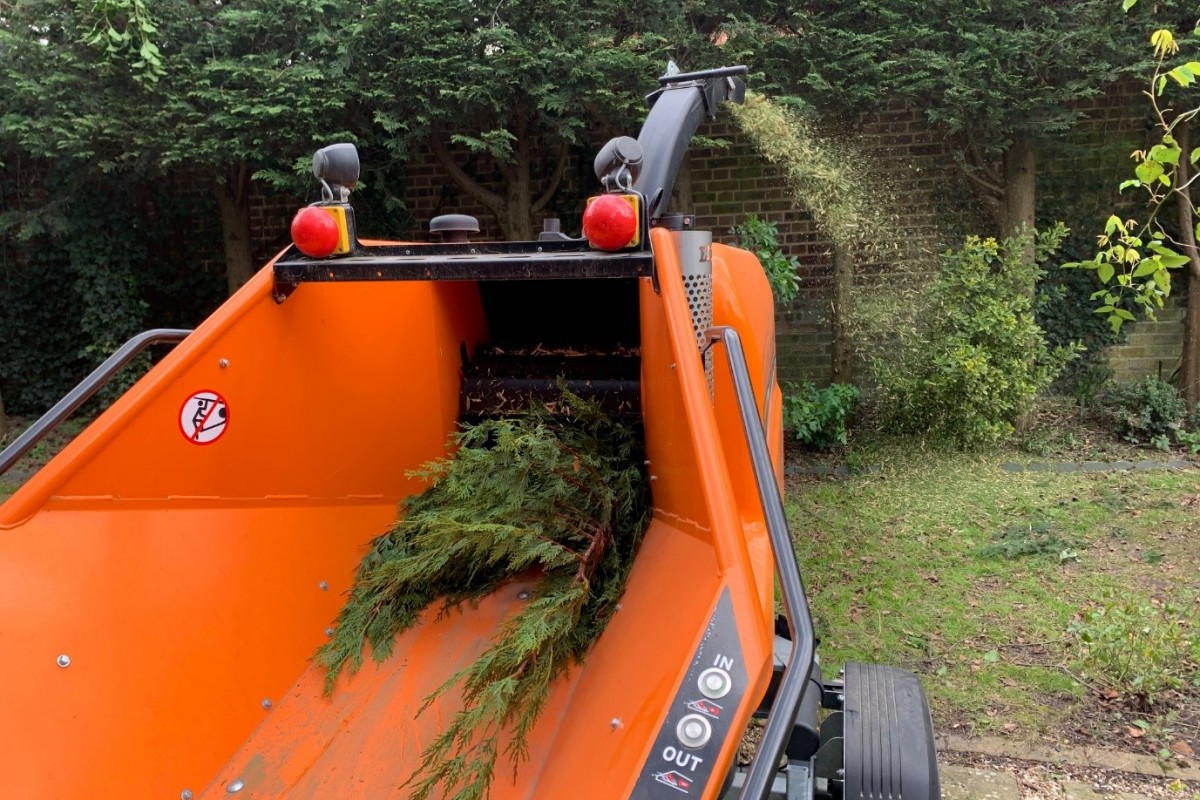
Finishing
As you get to the end of the material, use some woody pieces to push any remaining material into the shredding chamber, the woody material should help clear any leaves through the chamber. Once the last material has been processed it is a good idea to leave the machine running for 30 seconds to ensure there is nothing left in the chamber that could block the machine restarting or fly out on startup.
